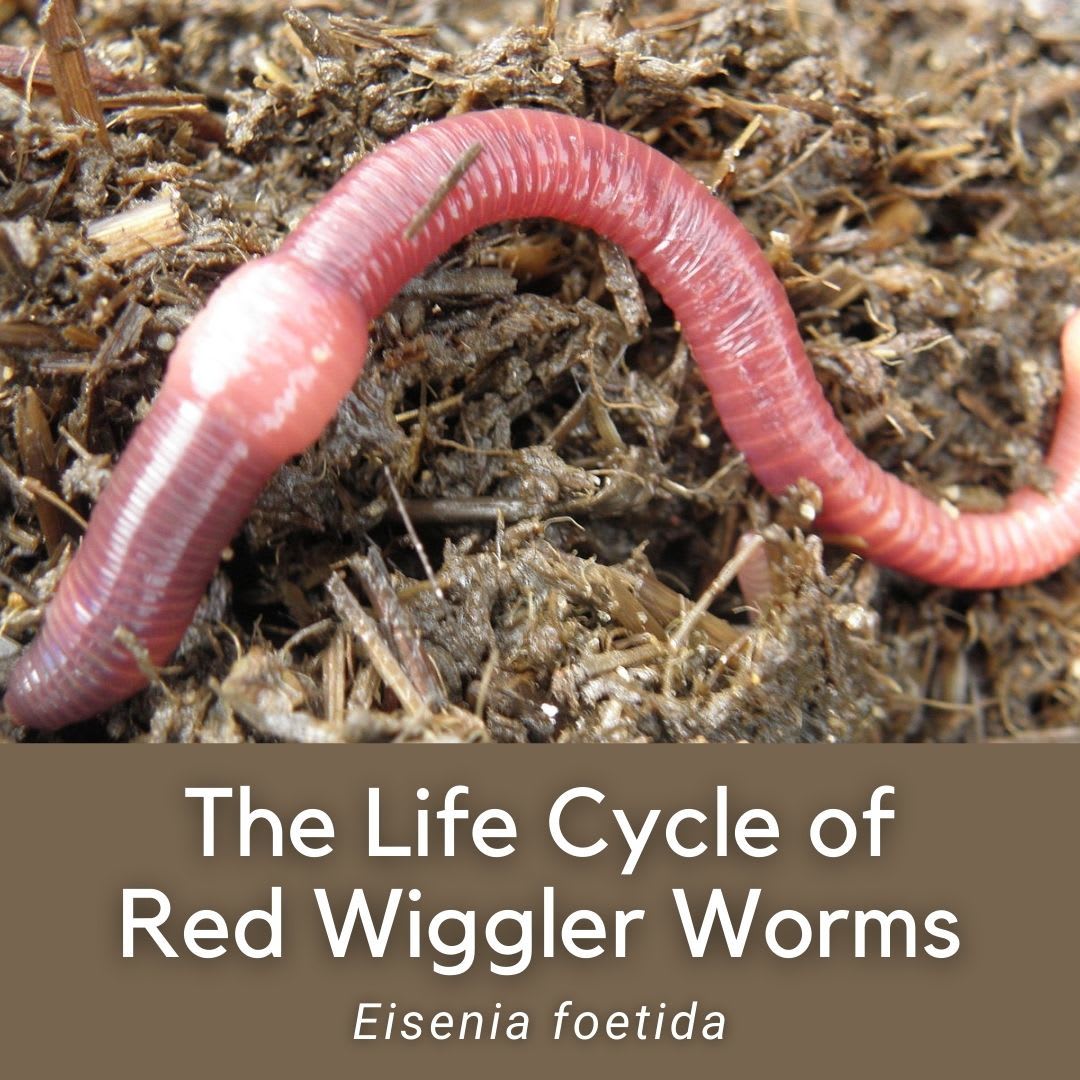Red Wigglers: The Unsung Heroes of Organic Waste Recycling
Red wigglers, or Eisenia fetida, function as vital representatives in the organic waste reusing procedure, transforming discarded products into useful vermicompost. Their efficient failure of raw material not only enhances soil high quality but also adds to sustainable waste monitoring techniques. As the globe significantly seeks remedies to deal with waste build-up and boost farming performance, comprehending the duty of these worms ends up being crucial. What systems allow them to grow in garden compost settings, and just how can they be properly utilized in both property and industrial settings? Checking out these questions exposes the broader implications of vermicomposting in our ecological landscape.
What Are Red Wigglers?
The remarkable resilience of red wigglers, medically understood as Eisenia fetida, emphasizes their vital role in natural waste recycling. These tiny, reddish-brown earthworms are usually found in decaying raw material, such as garden compost piles and manure heaps. Lake Hickory Bait. Unlike other earthworm varieties, red wigglers flourish in nutrient-rich environments and are highly effective at breaking down natural materials, making them important for vermicomposting

(Lake Hickory Bait)Along with their role in waste reduction, red wigglers contribute to dirt wellness by boosting soil structure and oygenation with their tunneling tasks (Lake Hickory Bait). Their existence in composting systems not only boosts decay rates yet also promotes a sustainable strategy to waste management, illustrating their importance in eco-friendly conservation initiatives
Advantages of Composting With Worms
Composting with worms, specifically red wigglers, offers many benefits that improve both waste management and soil health. Initially, these worms effectively damage down natural waste, transforming it right into nutrient-rich vermicompost that improves soil. This procedure accelerates decay, permitting a quicker recycling of kitchen scraps and various other organic materials compared to typical composting techniques.
Furthermore, the vermicompost produced by red wigglers is bursting with beneficial microbes, which aid boost dirt framework, aeration, and wetness retention. This improves the general health of plants, advertising strenuous development and raised yields in gardens and farming settings. The usage of worms in composting minimizes the production of greenhouse gases, such as methane, adding to a more lasting waste monitoring system.

Just How to Start Vermicomposting
Establishing a vermicomposting system is a simple procedure that can produce significant advantages for both waste monitoring and dirt enrichment. To begin, choose an ideal container, such as a plastic bin or wooden box, with appropriate air flow openings to make sure correct airflow. The measurements should ideally be around 2 feet by 3 feet, permitting adequate room for the worms to thrive.
Following, prepare bedding product, which can include shredded paper, cardboard, or coconut coir. This bedding needs to be dampened to produce a suitable environment for the worms. As soon as the bed linen is in place, introduce red wigglers (Eisenia fetida) into the bin, normally around one extra pound of worms for each square foot of area.
Complying with the positioning of worms, add organic waste, such as fruit and veggie scraps, coffee premises, and smashed eggshells. With these actions, you will effectively initiate a vermicomposting system that adds to sustainable waste monitoring and improves your soil.
Preserving a Healthy Worm Container
(Red Wiggler Express)Keeping a worm bin prospering requires routine interest and treatment to make certain the health and wellness of the red wigglers and the effectiveness of the composting process. Appropriate maintenance begins with keeping an eye on the moisture degrees; the container ought to be moist however not saturated. A good general rule is to maintain an uniformity comparable to a wrung-out sponge.
Carefully mixing the bedding and food scraps every few weeks protects his comment is here against compaction and makes certain that all worms have access to oxygen. Additionally, it is important to feed the worms appropriately.
Temperature level law is another crucial element. Red wigglers flourish in a variety of 55 to 77 degrees Fahrenheit. If the container comes to be too warm or cold, the worms might end up being stressed out - Lake Hickory Bait. Last but not least, occasionally look for indications of wellness, such as worm populace growth and the presence of healthy castings. By carefully managing these variables, one can maintain a durable and efficient worm bin.
Effect On Sustainable Living
The effective upkeep of a worm bin not just profits the wellness of red wigglers however likewise contributes substantially to lasting living methods. By reusing organic waste, such as kitchen area scraps and backyard particles, red wigglers help divert significant amounts of product from garbage dumps. This decrease in waste not just lowers greenhouse gas discharges but likewise decreases the ecological worry connected with waste monitoring.
In addition, the castings created by red wigglers work as a nutrient-rich organic fertilizer, boosting soil wellness and promoting plant development. This natural alternative to chemical fertilizers supports lasting farming and gardening methods, decreasing reliance on artificial inputs that can damage environments. Additionally, worm composting promotes awareness of waste monitoring, urging people and areas to take on even more sustainable routines.

Conclusion
In recap, red wigglers work as vital contributors to natural waste recycling via their efficient decomposition of organic materials. Their capacity to create nutrient-rich vermicompost boosts dirt health and wellness and sustains sustainable agricultural techniques. By incorporating vermicomposting right into waste administration methods, individuals and areas can substantially reduce waste while promoting environmental sustainability. The function of Eisenia fetida in promoting healthy and balanced communities highlights the significance of these organisms in attaining lasting living and boosting soil fertility.